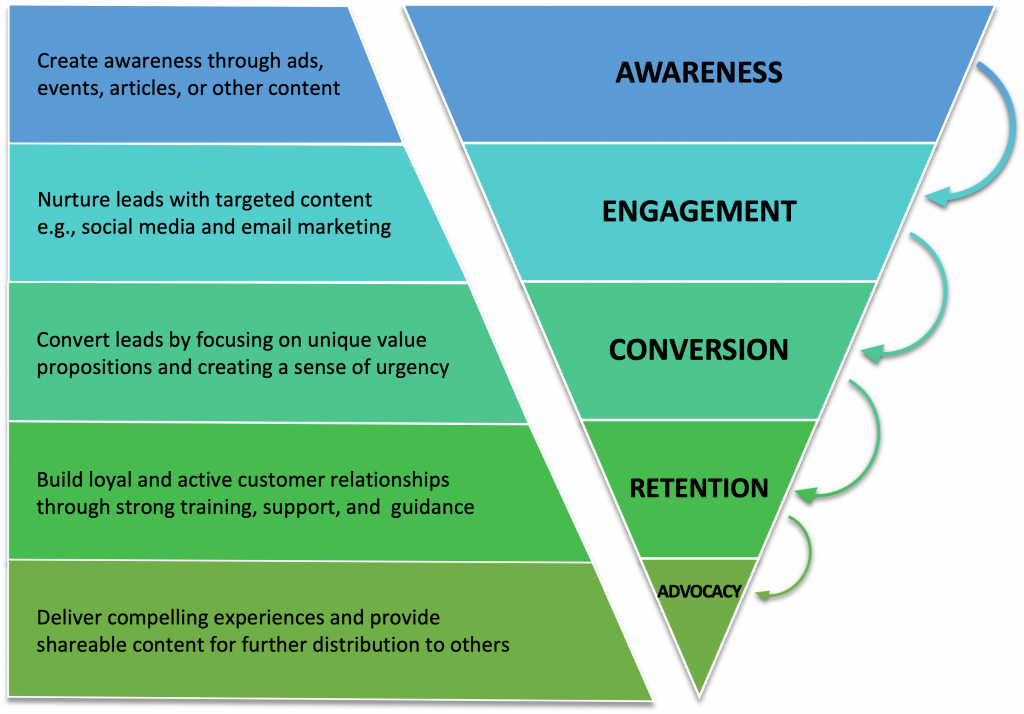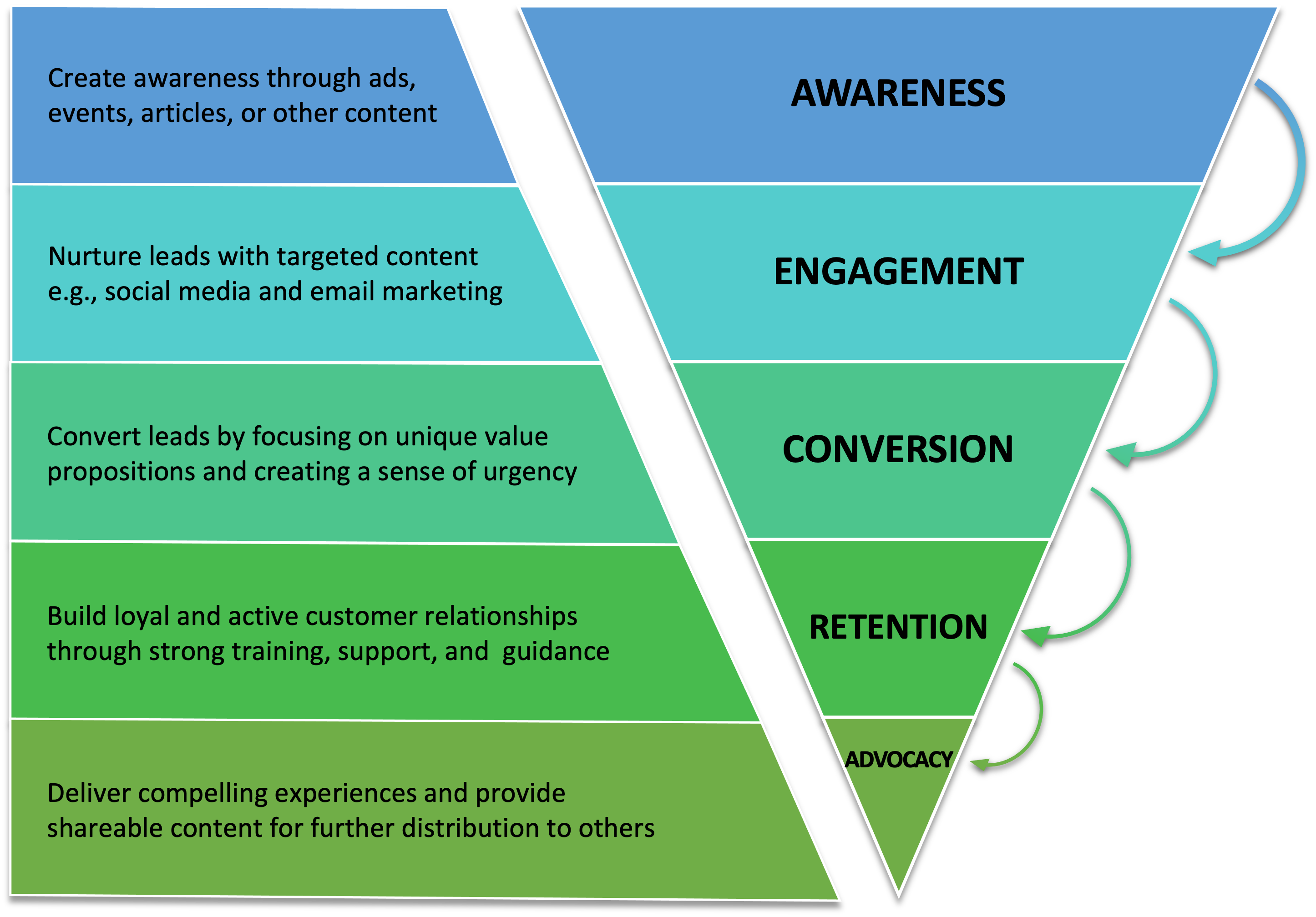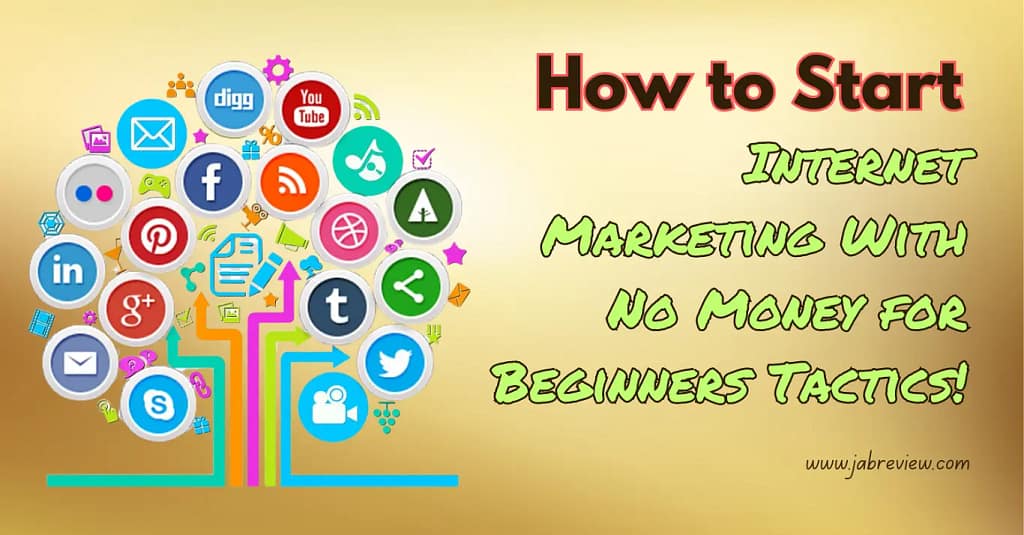Email marketing plays a crucial role in guiding customers through their journey. It nurtures leads and helps convert them into loyal customers.
Email marketing is an essential tool for businesses aiming to build strong customer relationships. It allows companies to engage with potential customers at various stages of their journey. Through personalized and targeted emails, businesses can provide valuable content, address customer needs, and build trust.
Regular communication helps keep your brand top-of-mind, encouraging prospects to move from consideration to purchase. Over time, consistent and relevant email interactions foster customer loyalty. By understanding customer behavior and preferences, email marketing can significantly enhance the customer experience and drive long-term business growth.

Credit: www.emailonacid.com
>> My Best Recommended & Proven Way to Earn $150-$300 Daily – Click HERE for Instant ACCESS >>
Introduction To Email Marketing In The Customer Journey
Email marketing plays a crucial role in the customer journey. It helps businesses convert leads into loyal customers. By delivering targeted messages, companies build strong relationships with their audience.
Understanding the customer journey is key. It allows marketers to send personalized emails. This leads to higher engagement and better conversion rates.
The Evolution Of Email Marketing
Email marketing has come a long way. Initially, it was just about sending mass emails. Today, it is about personalization and automation. Modern tools allow segmentation of email lists. This ensures messages are relevant to each recipient.
Advanced analytics provide insights into customer behavior. This data helps improve email campaigns. As a result, businesses can nurture leads more effectively.
Importance In The Digital Age
In the digital age, email remains a powerful tool. It offers a direct line to the customer. Unlike social media, emails are personal and focused. This makes them ideal for building trust and loyalty.
Consider the statistics: Over 4 billion email users exist worldwide. This number is growing every year. Email marketing is cost-effective and delivers high ROI.
| Benefit | Description |
|---|---|
| Cost-Effective | Low cost compared to other marketing channels. |
| Personalization | Allows for targeted, relevant messages. |
| High ROI | Delivers high return on investment. |
Email marketing is vital for any business. It helps nurture leads and convert them into loyal customers. By understanding its evolution and importance, businesses can craft effective email campaigns.
Crafting The First Impression: Welcome Emails
Crafting the first impression is crucial in email marketing. Welcome emails set the tone for future interactions. They introduce your brand and establish trust. A well-crafted welcome email can turn leads into loyal customers. Here’s how to make a compelling welcome email.
Elements Of A Compelling Welcome Email
- Subject Line: Grab attention with a catchy subject line.
- Personalization: Use the recipient’s name to make it personal.
- Brand Introduction: Briefly introduce your brand and values.
- Clear Call-to-Action (CTA): Include a CTA for the next step.
- Visual Appeal: Use images and design elements to make it attractive.
- Valuable Content: Provide useful information or offers.
Case Studies: Successful Welcome Emails
| Company | Strategy | Outcome |
|---|---|---|
| Company A | Personalized subject line and exclusive offer | Increased open rates by 50% |
| Company B | Visual appeal with brand story | Improved engagement by 30% |
| Company C | Clear CTA to download app | Boosted app downloads by 20% |
These examples show how welcome emails can drive engagement. They connect the brand with new subscribers. A well-crafted welcome email is a powerful tool in the customer journey.
Nurturing Leads Through Targeted Content
Email marketing is vital for nurturing leads into loyal customers. It involves sending the right content to the right people. This process requires segmentation and personalization.
Segmentation Strategies
Segmentation helps in sending relevant content to each lead. Divide your email list into smaller groups based on criteria like:
- Demographics (age, gender)
- Location
- Purchase history
- Email engagement levels
This ensures each lead receives content that suits their interests. For instance, send special offers to high-purchase customers. Share educational content with new subscribers.
Personalization And Engagement
Personalization makes emails more engaging. Use the lead’s name and past behavior to craft messages. For example, recommend products based on their previous purchases.
Engagement is key to nurturing leads. Keep your content interesting and valuable. Use a mix of:
- Educational articles
- Exclusive offers
- Personal stories
Engage leads with interactive elements like surveys or polls. This makes them feel valued and more likely to become loyal customers.
| Segmentation Criteria | Personalization Tactics |
|---|---|
| Demographics | Use recipient’s name |
| Location | Send location-based offers |
| Purchase History | Recommend similar products |
| Email Engagement | Send re-engagement campaigns |
By combining segmentation and personalization, you can nurture leads effectively. This approach turns prospects into loyal customers.
>> My Best Recommended & Proven Way to Earn $150-$300 Daily – Click HERE for Instant ACCESS >>
Conversion: Turning Subscribers Into Customers
Email marketing is essential in converting subscribers into customers. This step in the customer journey focuses on getting subscribers to make a purchase. Effective strategies and tools can help achieve this goal.
Effective Call-to-actions
Call-to-Actions (CTAs) play a crucial role in conversions. They guide subscribers towards making a purchase. A strong CTA should be clear and compelling.
- Use action-oriented language: Words like “Buy Now” and “Get Started” work well.
- Create urgency: Phrases like “Limited Time Offer” can prompt quick action.
- Highlight benefits: Show what the subscriber gains by clicking the CTA.
Place CTAs strategically within your email. They should be easy to find and click.
Analyzing Conversion Metrics
Tracking the right metrics helps understand your email marketing performance. Here are key conversion metrics to monitor:
| Metric | Description |
|---|---|
| Open Rate | Percentage of subscribers who open your email. |
| Click-Through Rate (CTR) | Percentage of subscribers who click a link in your email. |
| Conversion Rate | Percentage of subscribers who complete the desired action. |
Review these metrics regularly. Adjust your strategy to improve performance. Small changes can lead to big improvements in conversions.
Retention Strategies: Keeping Customers Engaged
In the customer journey, retaining customers is crucial. Email marketing plays a key role in this process. Effective retention strategies keep customers engaged and encouraged to make repeat purchases. These strategies transform leads into loyal customers. Here, we will explore two critical retention tactics: loyalty programs and offers, and feedback loops and continuous improvement.
Loyalty Programs And Offers
Loyalty programs reward customers for their repeat business. This builds a strong connection between the brand and the customer. Implementing a loyalty program can be simple and effective.
| Program Type | Benefits |
|---|---|
| Point-based | Customers earn points for each purchase. |
| Tier-based | Higher spending leads to higher rewards. |
| Subscription-based | Regular benefits for a subscription fee. |
Exclusive offers can also drive retention. Send special discounts and early access to sales. This makes customers feel valued and special.
Feedback Loops And Continuous Improvement
Feedback loops are essential for understanding customer needs. Encourage customers to share their opinions. Use surveys, review requests, and direct email questions.
- Send a survey after a purchase.
- Ask for reviews on recent orders.
- Include feedback forms in newsletters.
Continuous improvement means always acting on feedback. Identify common issues and address them. This shows customers that their opinions matter. It also helps improve products and services.
>> My Best Recommended & Proven Way to Earn $150-$300 Daily – Click HERE for Instant ACCESS >>
Win-back Campaigns: Re-engaging Dormant Subscribers
Email marketing plays a pivotal role in guiding customers through their journey. One of the key strategies is Win-Back Campaigns. These campaigns aim to re-engage subscribers who have become dormant. By rekindling their interest, businesses can turn inactive subscribers into loyal customers.
Identifying Dormant Subscribers
The first step in a win-back campaign is identifying dormant subscribers. These are individuals who haven’t engaged with your emails for a while. Here’s how you can spot them:
- Analyze Open Rates: Look for subscribers who haven’t opened emails in the last 3-6 months.
- Monitor Click Rates: Identify those who haven’t clicked on any links in recent campaigns.
- Check Purchase History: Find customers who haven’t made a purchase in a set period.
Once you have identified these dormant subscribers, segment them into a separate list. This allows you to target them with a specific win-back strategy.
Crafting The Win-back Email
Creating an effective win-back email is essential. The goal is to reignite interest and encourage engagement. Here are some tips for crafting a compelling win-back email:
- Personalize the Content: Use the subscriber’s name and tailor the content based on their past behavior.
- Offer Incentives: Provide exclusive discounts or special offers to entice them back.
- Highlight Benefits: Remind them of the benefits of your product or service.
- Create a Sense of Urgency: Use phrases like “limited time offer” to prompt quick action.
- Include a Clear Call-to-Action: Make it easy for them to re-engage with a simple and direct CTA.
Here is a table summarizing the key elements of a win-back email:
| Element | Description |
|---|---|
| Personalization | Use subscriber’s name and past behavior |
| Incentives | Offer discounts or special deals |
| Benefits | Highlight why they should return |
| Urgency | Use time-sensitive language |
| Call-to-Action | Include a direct and simple CTA |
By following these steps, you can effectively re-engage dormant subscribers. This helps in transforming them into loyal customers once again.
Measuring Success: Analytics And Adjustments
Email marketing plays a crucial role in the customer journey. To achieve great results, measure success and make necessary adjustments. This involves tracking various metrics and KPIs. By doing so, you can adapt your strategies based on insights.
Key Performance Indicators (kpis)
Key Performance Indicators (KPIs) are essential for measuring the success of your email campaigns. Here are some important KPIs to track:
- Open Rate: Percentage of recipients who open your email.
- Click-Through Rate (CTR): Percentage of recipients who click on a link in your email.
- Conversion Rate: Percentage of recipients who complete a desired action.
- Bounce Rate: Percentage of emails that could not be delivered.
- Unsubscribe Rate: Percentage of recipients who unsubscribe from your list.
Adapting Strategies Based On Insights
Use the data from your KPIs to adapt your strategies. Here are some steps to take:
- Analyze the data from your email campaigns.
- Identify areas that need improvement.
- Test different subject lines and email content.
- Segment your email list for more targeted campaigns.
- Personalize your emails to increase engagement.
By consistently analyzing and adjusting, you can nurture leads and turn them into loyal customers.

Credit: opentextbc.ca

Credit: pressbooks.bccampus.ca
Frequently Asked Questions
What Is Email Marketing’s Role In Customer Journey?
Email marketing guides customers through different stages, from awareness to loyalty, by providing timely, relevant information.
How Does Email Nurture Leads Effectively?
Email nurtures leads by delivering personalized content that addresses their needs, building trust, and encouraging engagement.
Why Is Segmentation Important In Email Marketing?
Segmentation ensures that emails are relevant to each subscriber, increasing open rates and driving better engagement.
Can Email Marketing Improve Customer Loyalty?
Yes, consistent, value-driven emails can foster customer loyalty by keeping your brand top-of-mind and building lasting relationships.
What Types Of Emails Help Convert Leads?
Welcome emails, educational content, and personalized offers effectively convert leads by addressing their specific interests and needs.
Conclusion
Email marketing plays a crucial role in the customer journey. It nurtures leads into loyal customers. Consistent, personalized emails build trust and engagement. By understanding customer needs, businesses can craft effective email campaigns. This ultimately leads to higher conversion rates and customer loyalty.
Embrace email marketing to drive long-term success.
>> My Best Recommended & Proven Way to Earn $150-$300 Daily – Click HERE for Instant ACCESS >>
Thanks for taking the time to read my article “The Role of Email Marketing in Customer Journey: From Leads to Loyals”, Hopefully it will help!




